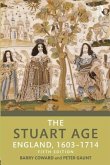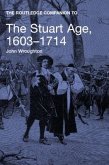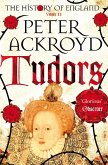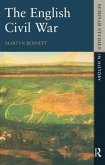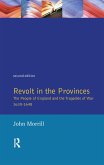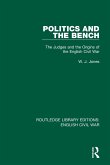Tudor and Stuart Britain charts the political, religious, economic and social history of Britain from 1485-1714. This fourth edition has been fully updated and now includes a selection of key maps and illustrations and an extended analysis of Henry VII, the English Civil War and arts and culture.
Hinweis: Dieser Artikel kann nur an eine deutsche Lieferadresse ausgeliefert werden.
Hinweis: Dieser Artikel kann nur an eine deutsche Lieferadresse ausgeliefert werden.
'Roger Lockyer's Tudor and Stuart Britain, 1485-1714 has been a standard text for three editions. This fourth edition, revised by Peter Gaunt, retains the strengths of Lockyer's clear prose and even-handed analysis, while incorporating much recent research. Peter Gaunt's careful attention to recent scholarship is evidenced by the addition of important new material on the joint monarchy of Mary I and Philip II, witchcraft, the Civil Wars and the influence of Oliver Cromwell, and the significance of urban life during the Stuart era. Equally importantly, the 4th edition has new, short introductions to each chapter, which reinforce the most important points and situate them within the context of evolving historiographical debates. These are little gems of synthesis and analysis and add a very effective new dimension to the text. In explaining what historians have seen as important and which issues they debate, these introductory sections also show the reader what is interesting about each chapter. The 4th edition of Tudor and Stuart Britain updates a standard work for the next generation of students.'
Cynthia Van Zandt, University of New Hampshire, USA
Cynthia Van Zandt, University of New Hampshire, USA



